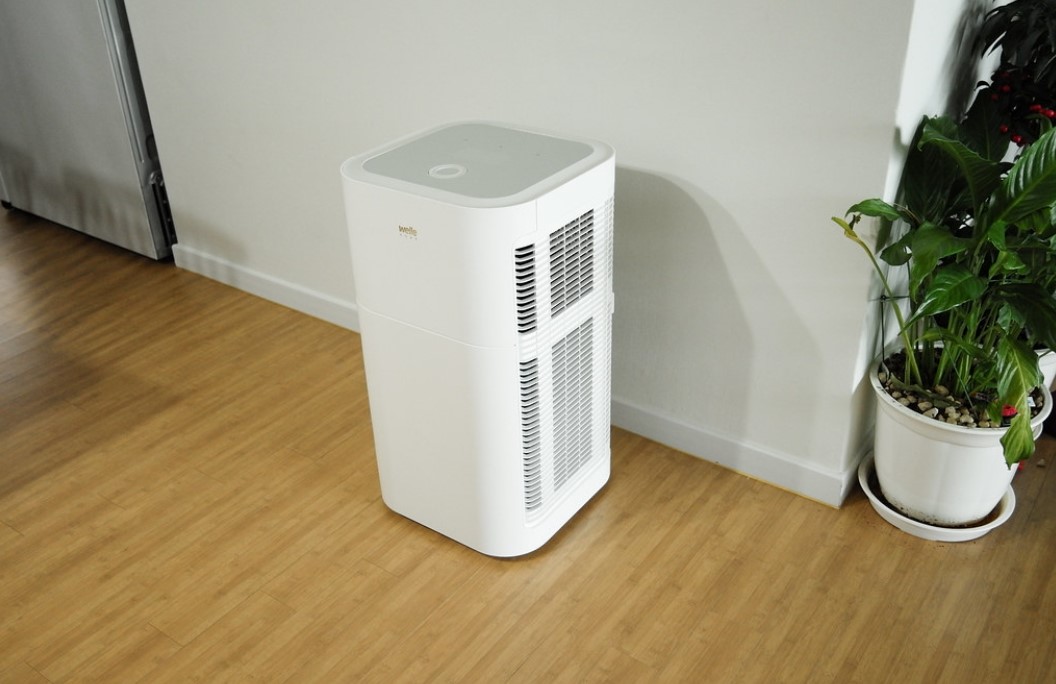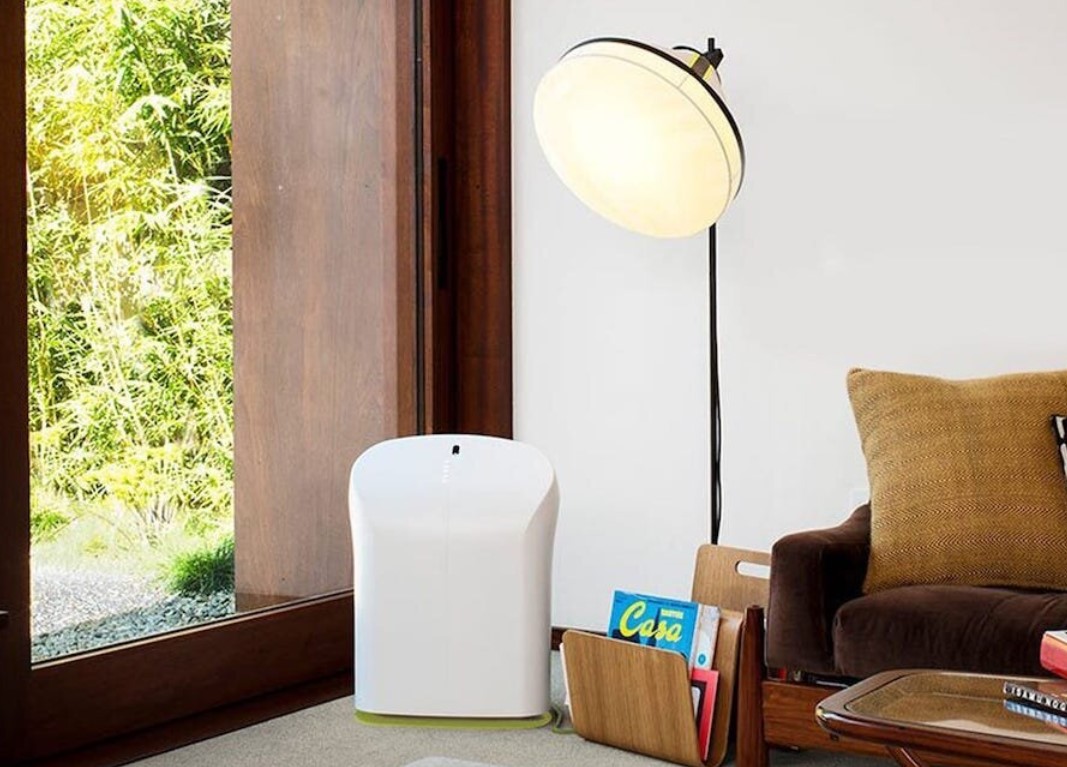Where Should You Place Air Purifiers?
The question “Where should you place air purifiers?” becomes a key consideration for individuals seeking to create healthier and more breathable environments within their homes or workspaces. These devices, designed to eliminate airborne pollutants and improve air quality, are most effective when strategically positioned throughout your living or working spaces. Proper placement considers factors such as room size, source of pollutants, and airflow, all of which contribute to the effectiveness of air purifiers. By understanding the principles of air purifier placement, you can enhance the well-being of yourself and those around you.
Whether it is your home, office, or any indoor setting, using air purifiers can make a substantial difference in maintaining clean and fresh air. In this guide, we will discover some of the pro tips for optimal air purifier placement to ensure your air purifier operates at its best.
Factors to Consider When Placing Air Purifiers
When it comes to optimizing the effectiveness of air purifiers, it is important to consider their placement. Understanding where you should place air purifiers can significantly impact their performance. Several factors should be considered to ensure you make the most of these devices.
1. The size of the room
For smaller spaces, such as bedrooms or home offices, placing the air purifier closer to where you spend the most time can be highly effective. Strategic placement in central locations can help circulate clean air more efficiently in larger areas. Keep in mind that the Clean Air Delivery Rate (CADR) of the purifier should match the room’s size for optimal results.

2. Purpose of the air purifier
The purpose of the air purifier also influences its placement. If you aim to alleviate allergies, positioning the purifier near the bed or seating areas is advisable. Central placement ensures a more balanced clean throughout the room for broader air quality improvement.
3. Layout and design of the room
Obstructions such as furniture, curtains, or walls can hinder airflow. Placing the air purifier in an open area, away from walls and large obstacles, guarantees better air circulation and coverage.
Air Purifier Placement: Where Should You Place Air Purifiers?

Proper placement of air purifiers can lead to a 20% increase in efficiency. Here are some optimal locations to place your air purifiers and foster a healthier indoor space.
1. Place the air purifier near the worst pollutants
You should place the air purifier strategically to target areas with the highest pollutant concentrations. Typically, an air quality specialist would use an air quality monitor for precise measurements of pollutant abundance. However, you can rely on your senses for this task by using the following methods:
- Visual inspection: Visible pollutants like smoke and mold can guide your placement decisions. You can place an air purifier for mold removal near the affected areas. Consider placing the air purifier close to the smoking zone for smoke-related concerns.
- Smell inspection: Unpleasant odors can signal a high concentration of air pollutants, such as oil smoke or tobacco. Trust your sense of smell to identify zones with elevated pollutant levels.
- Allergic reaction: Notice differing allergy responses between rooms? This can indicate higher allergen concentrations in specific areas and help correctly place an air purifier for allergies.
2. Put it 3 to 5 feet off the ground

Indoor air circulation follows two distinct pathways:
- Horizontal circulation involves the movement of air from one end of a room to another, such as from door to door.
- Vertical circulation: Air moves from the floor to the ceiling due to temperature differences. Hotter air tends to rise toward the ceiling.
For optimized indoor air purification, consider positioning an air purifier above the floor, ideally at a height of 3 to 5 feet. This placement not only accounts for horizontal air movement but also exposes the air purifier to vertical airflow. The ideal spot for this height would be on the wall, enabling the air purifier to efficiently draw in and cleanse as much air as possible.
Placing the purifier on an office desk is suitable, especially for smaller units weighing under 10 lbs. In a bedroom, you can position an air purifier on a windowsill or even on a nightstand.
3. Place the air purifier at the highest airflow
Air purifiers show remarkable efficiency in drawing in air. However, maximizing the airflow directed towards the air purifier can enhance its capacity for the air purification process. Hence, placing an air purifier close to a window, a doorway, and on the walls where the air circulates is highly recommended.
Furthermore, moving air carries a higher concentration of significant pollutants. This is due to the kinetic energy of moving air, which enables it to lift mold spores, dust particles, and other airborne pollutants throughout the house. Concentrating the capture of pollutants near entry points, such as main entrances or open windows, also establishes a primary barrier against outdoor pollutants.
Which Placements Should Not Place the Air Purifier?

Now that you know where to place air purifiers, it is essential to consider where not to place them. If an air purifier is wrongly placed, it may result in a loss of up to 50% of its air-cleaning effectiveness.
1. Near walls or furniture
Positioning an air purifier in a corner is strongly discouraged due to several factors that may hinder its performance. Placing an air purifier in a location where airflow is at its minimum impedes its capacity to effectively cleanse the air. Though the air quality in that corner might appear satisfactory, the impact on air quality in other areas of the space would not be as notable as it could have been with correct placement.
There are three reasons why putting an air purifier near walls or furniture is unfavorable:
- Limited indoor airflow.
- Placement on the floor.
- Obstruction from two directions.
Positioning the air purifier in such places will negatively impact its operational efficiency.
2. In high-traffic areas

You should avoid places with obstacles to ensure unimpeded airflow for the air purifier. The open area behind the TV might seem appealing to position an air purifier. However, it is not advisable as an air purifier requires a minimum of 3 feet of clearance in all directions for optimal performance.
Another common issue involves books. While an air purifier enhances indoor air quality and creates a refreshing atmosphere for reading, placing a stack of books near it can block its airflow and reduce its ability to operate at peak efficiency.
In general, you should prioritize ample space for the air purifier. The more room it has, the more efficiently it can fulfill its intended function. It is also wise to exercise caution with electronic devices such as TVs, microwaves, and stereos. To prevent interference with the air purifier’s operation, avoid putting it near these devices and maintain a minimum distance of 5 feet between them.
3. In damp or humid places

Higher humidity levels lead to heavier air, causing problems for air purifiers due to the following reasons:
- Air purifiers need more energy to generate airflow through heavy air, making the operation less efficient.
- Humid air will lessen the filter capacity. This is particularly applied to HEPA filters.
Regions with higher humidity levels are notorious for mold growth. The bathroom is usually the place where mold infestations develop. In such instances, consider using a dehumidifier instead. You could pair it with an air purifier during periods when the bathroom is not in active use, such as during the night. Remember to maintain a relative humidity level below 50% for the best results.
How to Make the Most of Air Purifiers for Your Indoor Environment?
To maximize your benefit from these devices, remember the following three rules:
- Choose the perfect location for better air intake and distribution.
- Use multiple smaller units to ensure consistent purification throughout your home.
- Opt for air purifiers with built-in handles, wheels, or lightweight construction, allowing you to move them from room to room effortlessly.
Bottom Line
Air purifiers are valuable for enhancing indoor air quality and promoting overall well-being. Understanding where you should place air purifiers enables you to benefit from their full potential and enjoy a refreshing, clean indoor environment wherever you go. Remember, choosing the right locations for your air purifiers is key to maximizing their efficiency and reaping their numerous advantages.
Related Articles